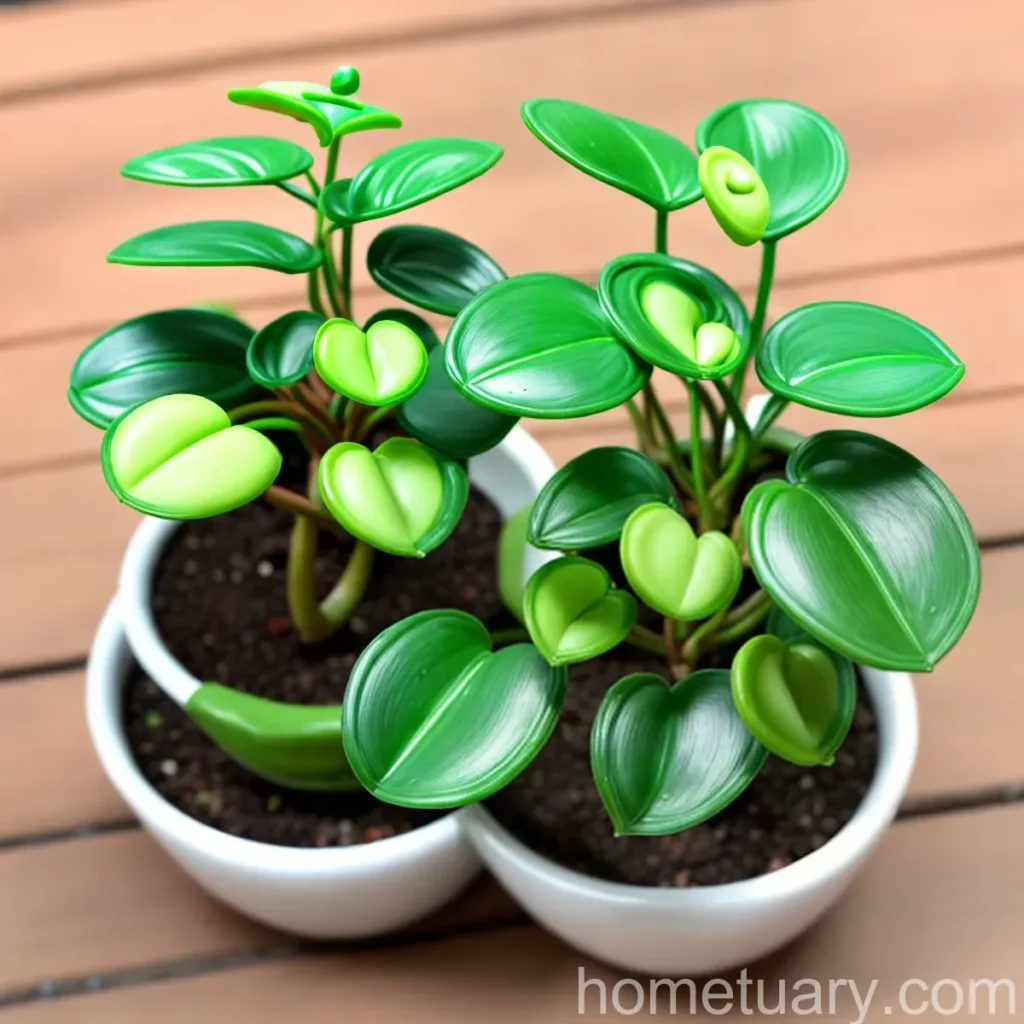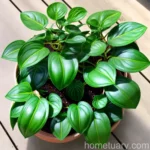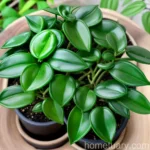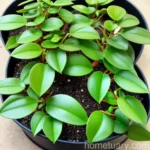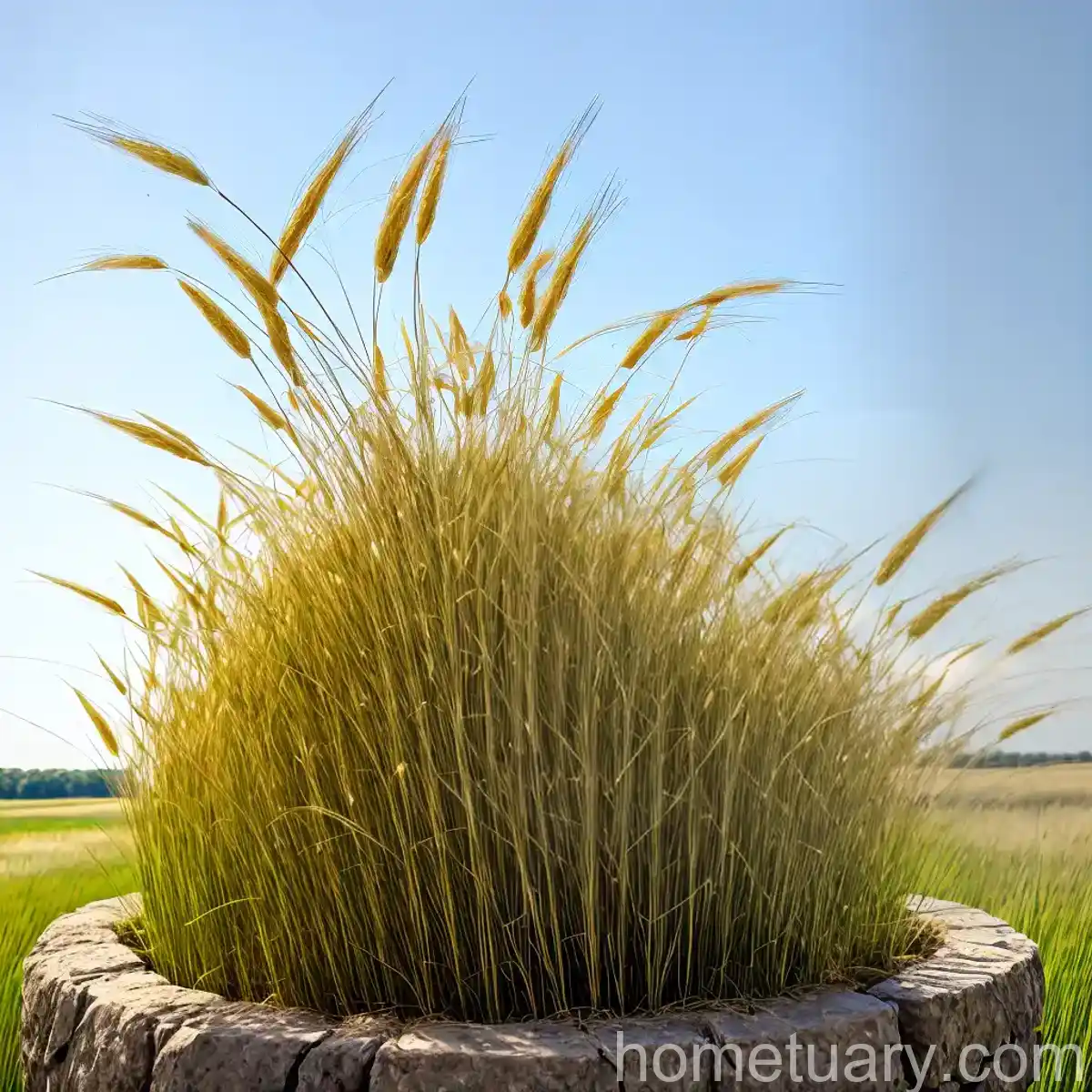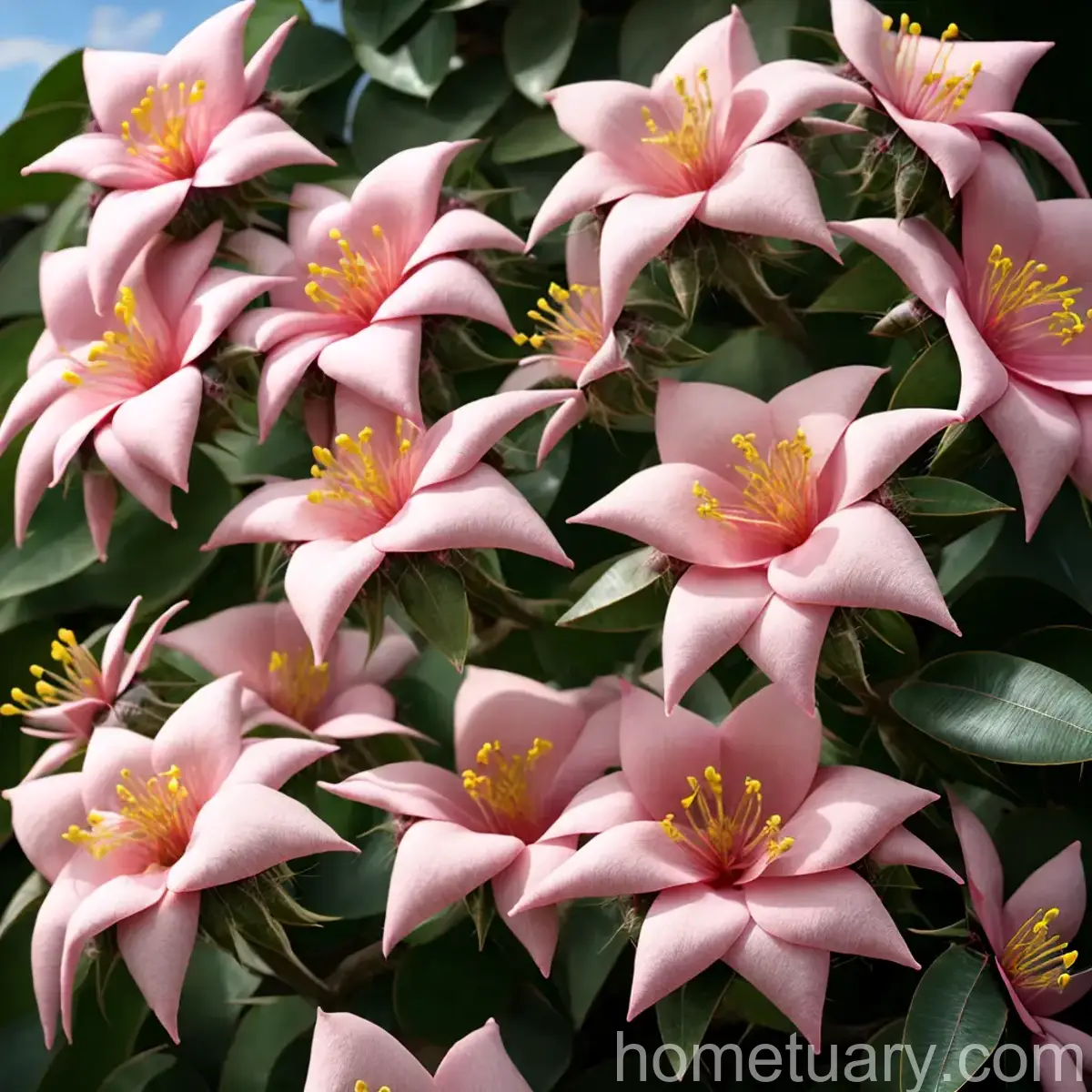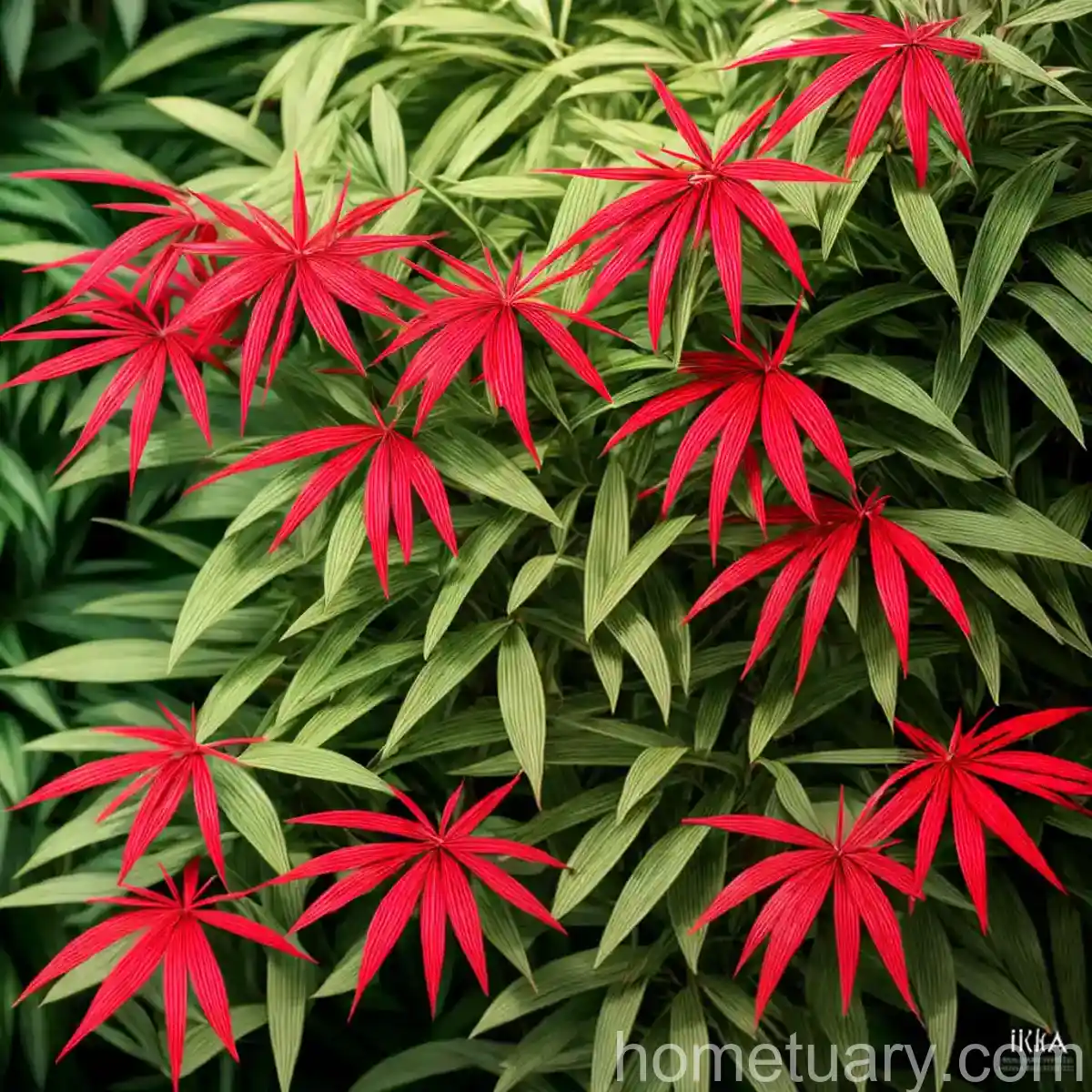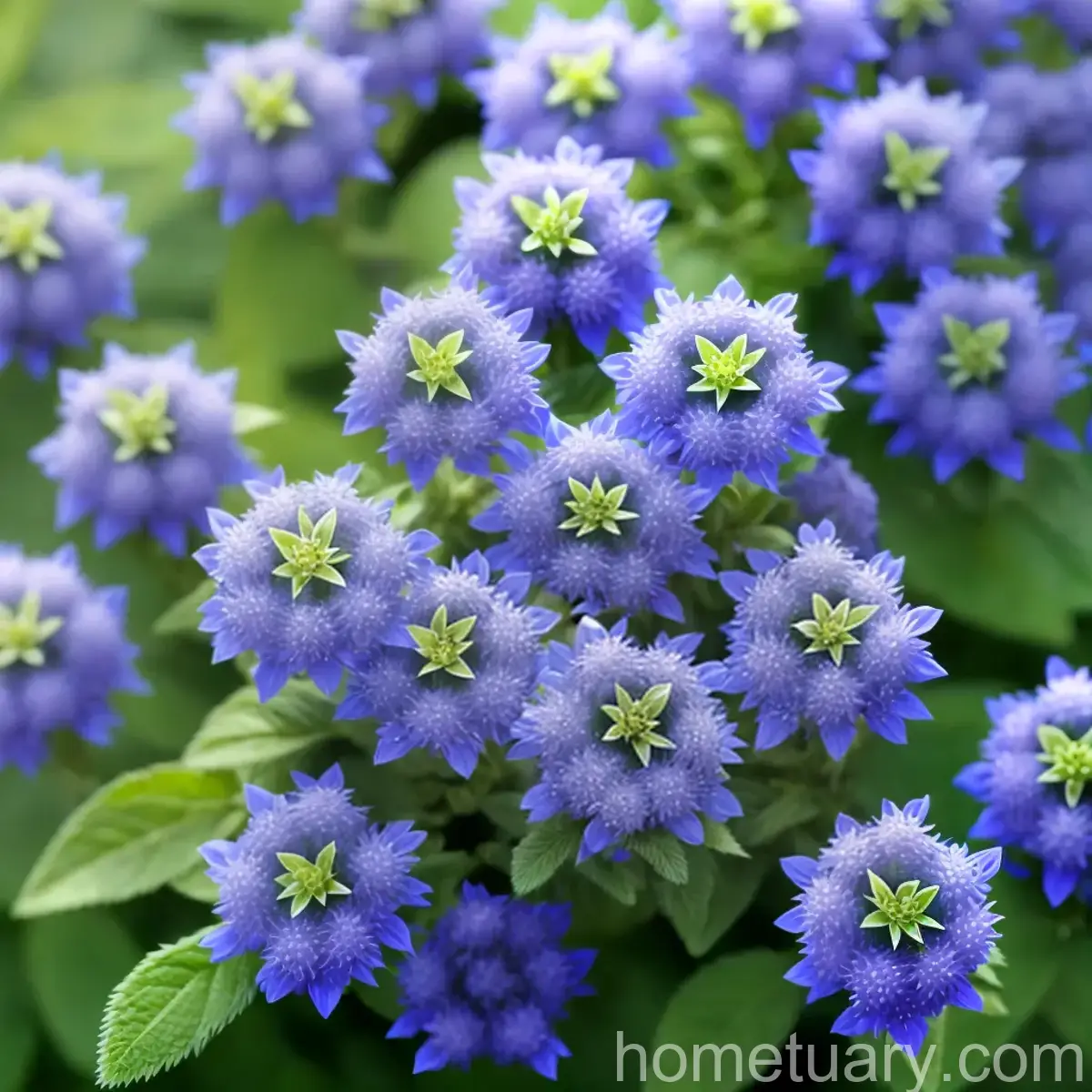The Baby Rubber Plant (Peperomia Obtusifolia): A Complete Care Guide
The Baby Rubber Plant, scientifically known as Peperomia obtusifolia, is a popular and easy-to-care-for houseplant. With its attractive foliage and low-maintenance nature, it has become a favorite among plant enthusiasts. In this comprehensive guide, we will explore every aspect of caring for the Baby Rubber Plant, from its ideal growing conditions to propagation methods and troubleshooting common issues.
What is the Baby Rubber Plant?
The Baby Rubber Plant, a member of the Piperaceae family, is a native of tropical regions in South America. It is known for its thick, glossy, and succulent-like leaves that add a touch of elegance to any indoor space. This plant is also commonly referred to as the American Rubber Plant due to its rubbery texture.
Key Takeaways – Baby Rubber Plant (Peperomia obtusifolia)
Before delving into the detailed care guide for the Baby Rubber Plant, let’s outline the key takeaways.
- Scientific Name: Peperomia obtusifolia
- Common Names: Baby Rubber Plant, American Rubber Plant
- Family: Piperaceae
- Height: Up to 10 inches
- Watering: Moderate
- Light: Indirect, bright light
- Soil: Well-draining potting mix
- Fertilization: Diluted liquid fertilizer every 4-6 weeks during the growing season
- Propagation: Stem or leaf cuttings in water or soil
- Container: Small to medium-sized pots with drainage holes
Now, let’s delve into the specifics of caring for the Baby Rubber Plant.
Culture
Uses
The Baby Rubber Plant is primarily grown as an ornamental houseplant, valued for its attractive foliage and air-purifying qualities. Its compact size and non-toxicity to pets make it an ideal choice for indoor environments.
Water
Proper watering is crucial for the health of the Baby Rubber Plant. It is essential to find the right balance, as both overwatering and underwatering can be detrimental to the plant. The following tips can help you maintain adequate soil moisture:
- Frequency: Water the plant when the top inch of the soil feels dry to the touch. This typically equates to watering every 7-10 days, but the frequency may vary based on environmental conditions.
- Watering Method: Use the drench-and-dry method, thoroughly saturating the soil and allowing excess water to drain out from the bottom of the pot.
- Avoid Overwatering: Ensure that the pot has proper drainage to prevent waterlogging, which can lead to root rot.
Sunlight
In its natural habitat, the Baby Rubber Plant thrives under the canopy of larger trees, receiving filtered sunlight. When grown indoors, it should be placed in a location with bright, indirect light. Direct exposure to intense sunlight can cause leaf burn, while too little light may result in leggy growth.
Fertilizer
Feeding the Baby Rubber Plant with a balanced, water-soluble fertilizer is essential for promoting healthy growth. During the growing season, from spring to early autumn, use a diluted liquid fertilizer every 4-6 weeks. Refrain from fertilizing during the winter months, as the plant’s growth slows down during this period.
Soil
The ideal potting mix for the Baby Rubber Plant should be well-draining and rich in organic matter. A blend of peat moss, perlite, and coarse sand provides the necessary aeration and moisture retention. Additionally, maintaining slightly acidic to neutral pH levels in the soil is beneficial for the plant’s overall health.
Pruning
Pruning is primarily done to maintain the plant’s shape, remove any damaged or yellowing leaves, and control its size. Utilize clean, sharp scissors to trim the foliage, ensuring that the cuts are made at a slight angle. Regular pruning helps the Baby Rubber Plant maintain its compact and bushy form, enhancing its aesthetic appeal.
Propagation
The Baby Rubber Plant can be propagated through both leaf and stem cuttings. Here’s a simple guide to propagating this plant:
- Select a healthy stem or leaf from the parent plant.
- For stem cuttings, ensure that each cutting has at least one node, as this is where the new roots will emerge.
- For leaf cuttings, choose mature, healthy leaves with visible veins.
- Place the cuttings in either water or a well-draining potting mix, ensuring that the medium remains consistently moist but not waterlogged.
- After a few weeks, the cuttings should develop roots and can be transplanted into individual pots.
Container Popularity
Given its compact size and attractive foliage, the Baby Rubber Plant is a sought-after choice for indoor containers. It thrives in small to medium-sized pots, making it an ideal addition to shelves, desks, and tabletops.
Container Common Diseases
Despite its resilience, the Baby Rubber Plant is susceptible to a few common diseases, including:
- Root Rot: This is often a result of overwatering or poorly-draining soil.
- Leaf Spot: Fungal infections can cause dark spots to appear on the leaves.
- Powdery Mildew: Inadequate air circulation and high humidity levels can lead to the development of powdery mildew on the foliage.
Disease Diagnosis
Identifying and addressing plant diseases promptly is crucial for preventing their spread and ensuring the plant’s recovery. Here are some symptoms to watch for:
- Root Rot: Wilting, yellowing, and mushy stems or roots.
- Leaf Spot: Small, dark spots on the leaves, which may spread and cause the affected leaves to wither.
- Powdery Mildew: A white, powdery substance on the upper surface of the leaves.
Proper diagnosis of plant diseases is essential for implementing effective treatment strategies. In some cases, it may be necessary to isolate the infected plant to prevent the spread of the disease to other plants.
Common Pests
The Baby Rubber Plant is relatively resistant to pests, but it may occasionally encounter the following:
- Mealybugs: These small, white insects can cluster on the undersides of leaves and along the stems, sucking the plant’s juices and causing stunted growth.
- Spider Mites: These tiny pests can create fine webbing on the plant and lead to yellowing and dropping of leaves.
- Aphids: Often found on the new growth of the plant, aphids can cause distortion of leaves and produce sticky honeydew.
Regular inspection of the plant for signs of pest infestations enables early intervention, which is key to preventing widespread damage. If pest activity is detected, organic insecticidal soaps or horticultural oils can be used to tackle the infestation.
Botanist’s Tips
As a botanist with a passion for houseplants, here are some practical tips to help you successfully care for your Baby Rubber Plant:
- Maintain Consistent Watering: Establish a watering routine based on the plant’s needs and environmental conditions, and avoid erratic watering practices.
- Provide Adequate Humidity: While the Baby Rubber Plant can tolerate normal room humidity, it appreciates higher humidity levels. Placing a small humidifier nearby or using a pebble tray can help create a more favorable environment.
- Regularly Inspect for Pests: Periodically check the plant for any signs of pest activity, as early detection enables prompt treatment.
- Optimal Temperature Range: Keep the plant in a location where the temperatures remain between 65-75°F (18-24°C) to support healthy growth.
Fun Facts
- Peperomia obtusifolia is known for its air-purifying qualities, making it a beneficial addition to indoor environments.
- The genus name “Peperomia” is derived from the Greek words “peperi” and “homoios,” which translate to “resembling pepper,” referencing the plant’s resemblance to members of the pepper genus.
- The Baby Rubber Plant belongs to a diverse and varied genus, with over 1,000 recognized species.
Links to External Resources
- Peperomia obtusifolia Care Guide – The Spruce
- Planting and Growing Tips for Baby Rubber Plants – Bloomscape
- Baby Rubber Plant Care – University of Florida, Institute of Food and Agricultural Sciences
Conclusion
Caring for the Baby Rubber Plant (Peperomia obtusifolia) offers a rewarding experience for plant enthusiasts of all levels. Its compact size, attractive foliage, and ease of care make it an excellent choice for anyone looking to introduce a touch of greenery into their indoor spaces. By providing the right balance of water, sunlight, and nutrients, as well as promptly addressing any potential issues, you can ensure that your Baby Rubber Plant thrives and continues to enhance your living environment with its natural beauty and charm.

